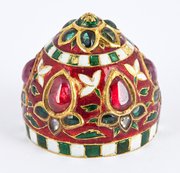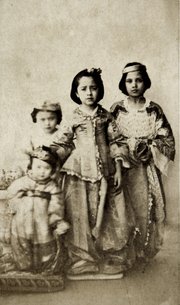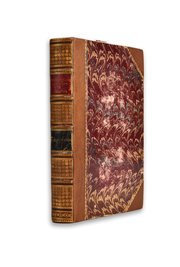
Tulunid Wooden Panel
Museum of Islamic Art
- Title:
- Tulunid Wooden Panel
- Production place:
- Egypt
- Date:
- 800 - 899
- Period:
- Tulunid
- Title:
- Tulunid Wooden Panel
- Production place:
- Egypt
- Date:
- 800 - 899
- Period:
- Tulunid
- Material:
- Wood
- Technique:
- Carving
- Dimensions:
- 18 × 80 × 2.5 cm
This wooden panel is carved with repeated curved abstract designs, a type of decoration known as the ‘bevelled’ style, which was developed and used on wood and stucco panels in Samarra, capital of the Abbasid caliphate between 221 and 279 AH / 836-892 CE. The style was introduced in Egypt during the Tulunid period, in the city of al-Qata’i‘, founded by Ahmad Ibn Tulun in 256 AH/870 CE and later destroyed by the Abbasid army in 292 AH / 905 CE. The mosque of Ibn Tulun features friezes in stucco with the same decorative composition. Other wooden panels of the same period are now in the LACMA (M.73.5.121) and the Metropolitan Museum of Art (32.102.1, 2) and the Benaki collections (9148). Although the original setting of such pieces is still unknown, they could have been part of larger wooden structures, either in furniture or doors that would have decorated palaces in al-Qata’i‘.



